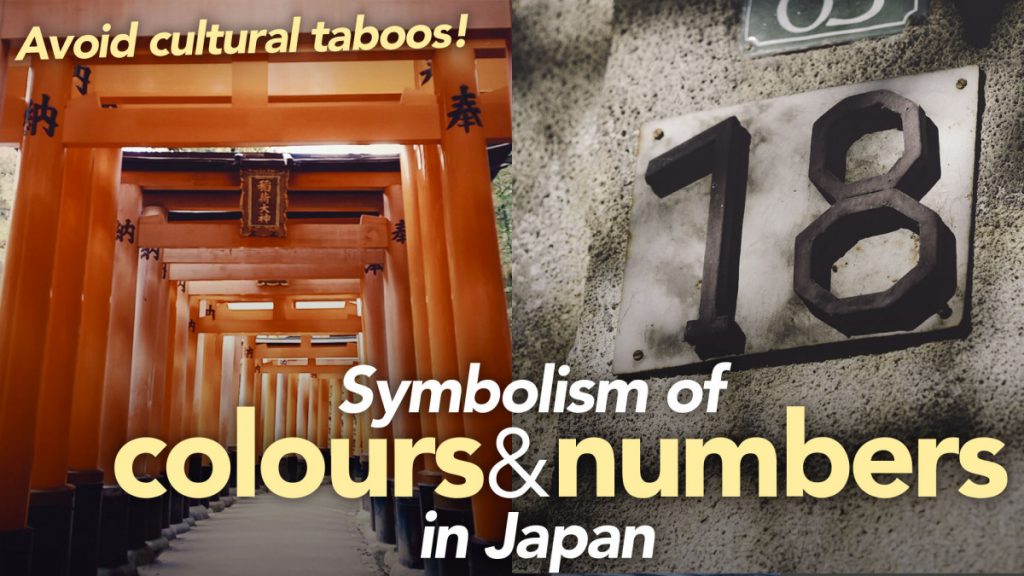Although western influences might have changed several beliefs, Japan is still a country steeped in tradition. They use the beautiful language of colours in their arts, clothes, rituals, and phrases. Meanwhile, there are numbers which are considered as “lucky” or “unlucky”. Let’s take a look at all these timeless rules associated with colours and numbers in Japan.
Blue (Aoi)
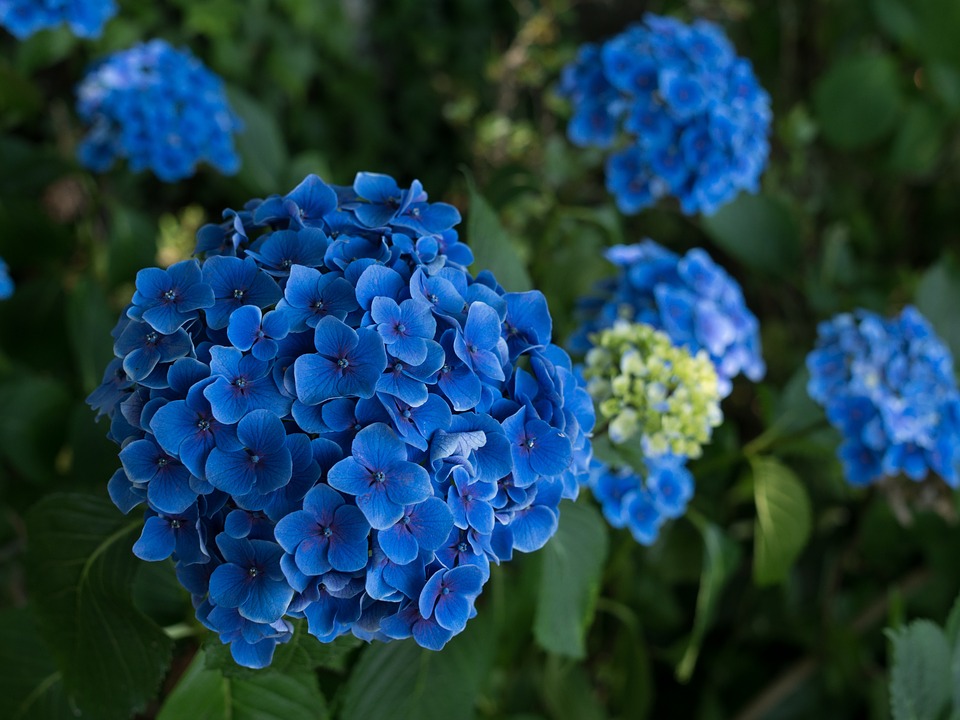
Blue is also a colour that represents purity and calmness in Japanese culture, mainly because of the stretched of deep blue water that surrounds the Japanese islands. Many office workers wear different shades of blue, while many university graduates wear blue suits for job interviews as well.
Red (Aka)
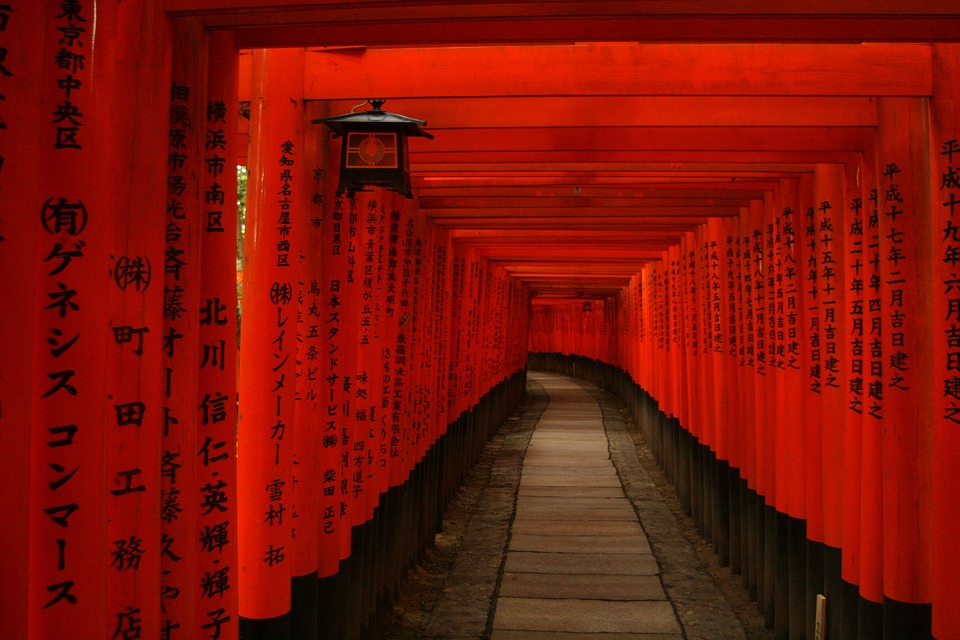
You probably see red a lot in Japan, especially on the shrine gates and temples. It is believed that red can protect people from evil and disaster.
However, do not buy anything red to your friends as a house warming gift. Japanese think red associate fire, which might bring bad luck such as fire accidents to the new house.
Black (Kuro)

Black represents a powerful and tough image, as you can see the black belt in Judo and Karate athletes. It also represents evil and destruction, as Japanese often describes (same as the West), evil people have a “black heart”. Especially when used alone, black represents mourning, and is often worn to funerals. However, with the growing popularity of Western conceptions of black-tie events, it has been a clot of formality too.
White (Shiro)
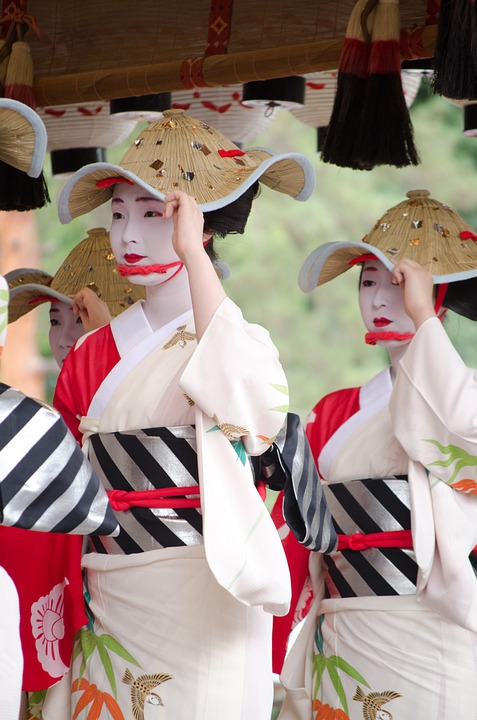
White is like a double-edged sword in Japanese culture. It is a blessed and sacred colour that you see in traditional wedding and Japanese national flag, but not the other hand it inherently denoted death and mourning too.
Green (Midori)

Green is the colour of life and growth, as the Japanese word for green is also the word for vegetation. It also represents eternity and vitality. You can see how much they love nature by appreciating the green garden or small plants in almost every Japanese house.
Purple (Murasaki)
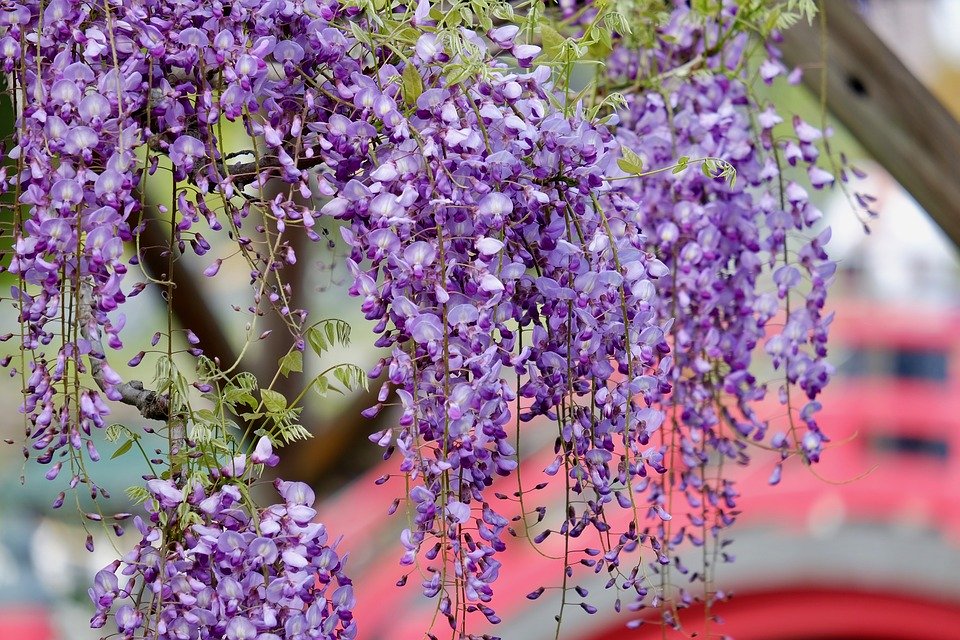
A fun fact about purple — for a long time in Japan, ordinary people were forbidden to wear purple clothes. The color purple used to be very rarely seen because its raw material shugusa was expensive and the cloth was difficult to make. Same as the West, it was worn by high-level officials, the imperial family, and kabuki actors. On the one hand, it represents an elegant image, but on the other hand, it is also used to describe some life-threatening symptoms. For example, the Japanese say your lips turn purple when someone is sick.
Gold and silver (kin and gin)
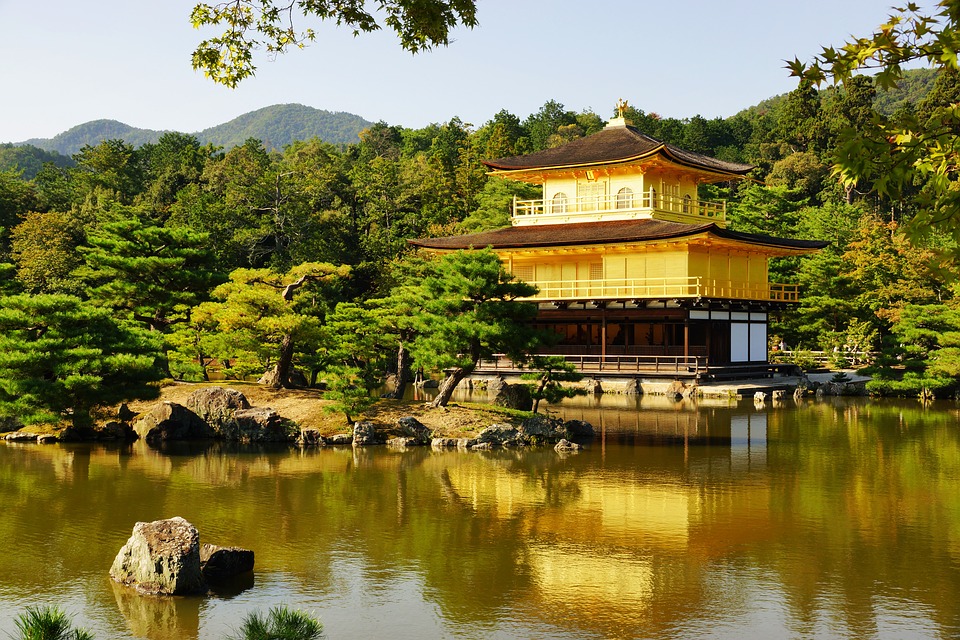
Gold and silver are used extensively in decoration and it symbolizes wealth and prestige. You will find it on the money or gift envelope, and on ritual ceremonies as well.
The unlucky numbers (imigazu)
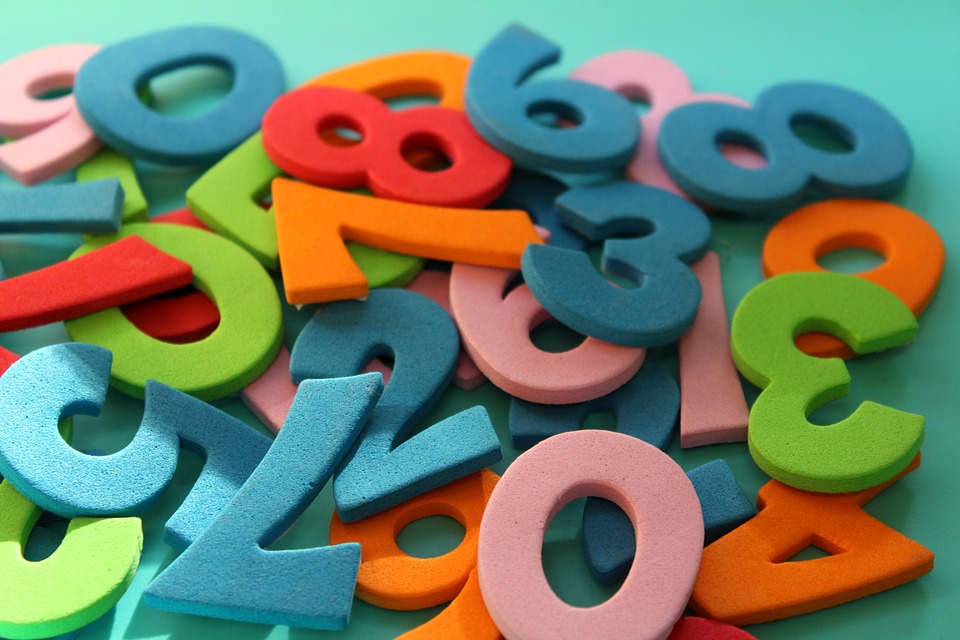
Same as the beliefs of the number 13 in the West, the Japanese try to avoid the word “4” and “9”, as they sound similar to “death (shi)” and “suffering (Ku)” in Japanese. “42” is also abandoned as it sounds the same as “to die (shini)” in Japanese. In the past, samurai hated the word “4” as it associates death, which is the last thing that samurai wish to happen on themselves. So they used to write “2 2” instead of “4”.
Therefore, do not be surprised when you cannot find number 4 and 42 rooms or beds in Japanese hospitals, and do not expect to see the 4th floor and 9th floor at your hotel.
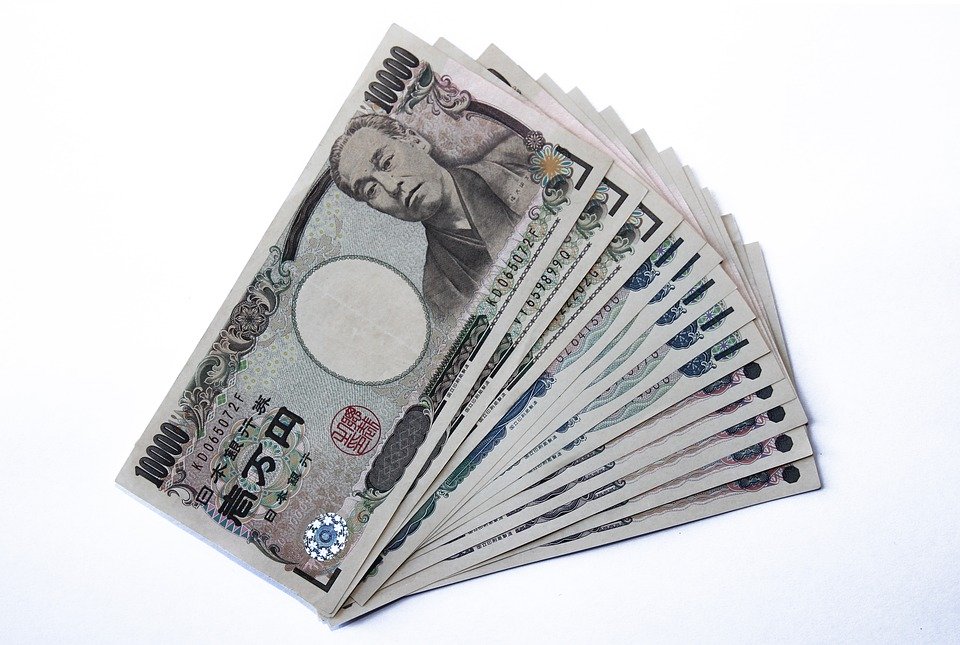
Another custom you should remember when attending a Japanese wedding is that you do not give an amount of money starts with an even number. People usually put 5,000 yen, 10,000 yen, or 30,000 yen, which are all odd numbers (the first digit), into the gift money envelope (Shugi-bukuro). Japanese believes that even number can be easily “divided”, and it is bad to imply the meaning of break-up and divorce.
Well, it may take some time for you to digest all these dos and don’ts with the colours and numbers. But you probably will not want to be caught in embarrassment because of the wrong colours and numbers. Believe it or not, let’s try to respect the traditions in every country’s way.

